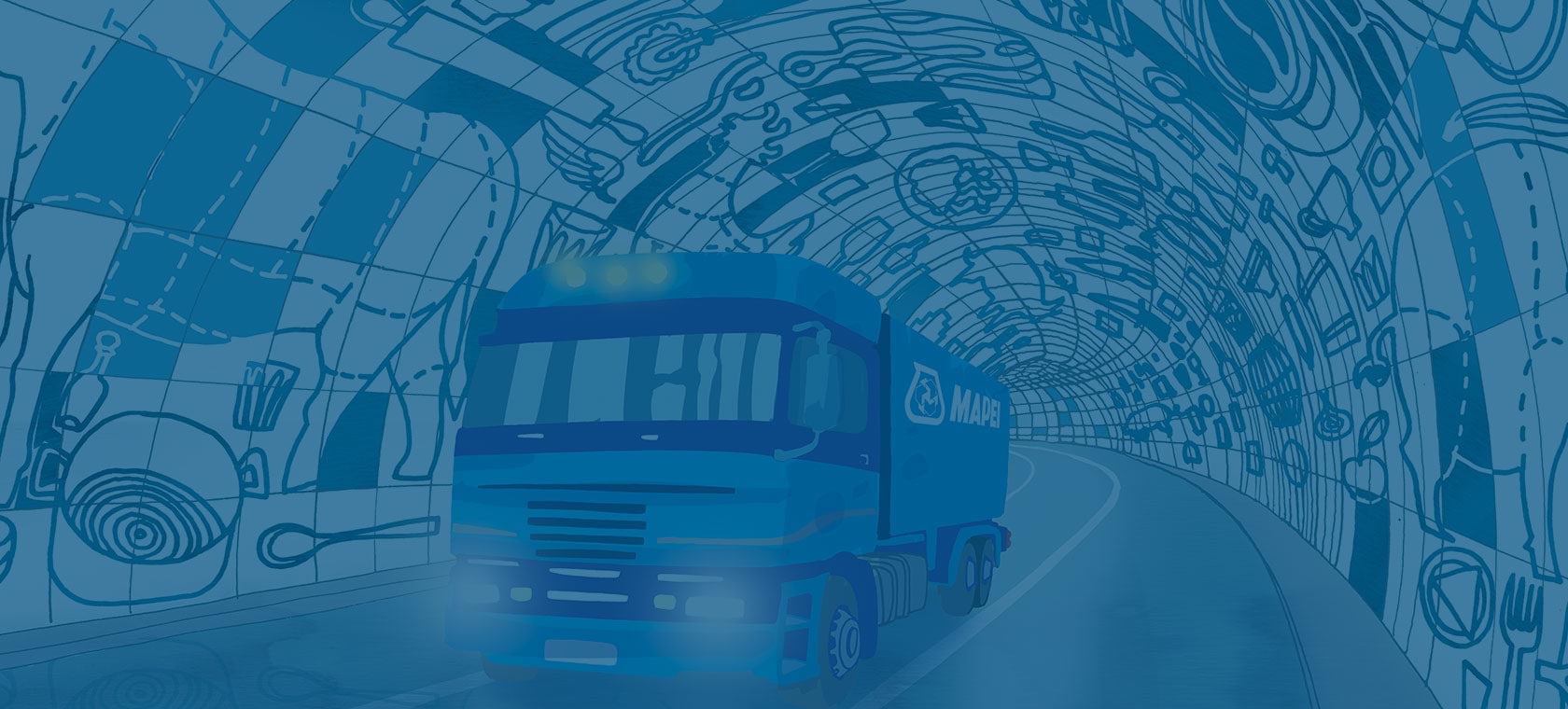
I was there in 2001. Not alone, mind you. We’d gathered here in the Chianti district for the funeral of ‘Florentine’. It’s our celebrated tenderloin. The authorities had just banned its sale. It was the time of the mad-cow disease scare.
Imagine how we Tuscans felt that day! Indeed, we’d made it an art and celebrated it for a century or more in a pagan rite over the glowing coals of fire. Then it was gone, almost as quickly as it had appeared. They call me Maestro here in Barberino del Mugello.
People come from everywhere, far and near. I still serve the best tenderloin for miles around. My restaurant’s up in the hills hugging a major mountain pass. That reminds me. They were talking about the Mountain Pass Deviation even then. A fantastic project! A new link between Bologna and Florence to speed up the motorway traffic over the Apennine hump that was becoming an endless queue because of all the heavy-duty vehicles that downshift to a slow 30 km/h to climb up to the tunnel through the pass.
More than a few of my guests were knowledgeable about it. I learned a lot listening to them. Engineers, members of the skilled crews, quantity surveyors and others working on the job used to eat here. The finer points, the technical specs, and the challenges were the key topics of their conversations. There was one part of the job that intrigued me the most: the Badia Nuova-Aglio link.
It’s a twin-bore tunnel. Tunnels usually get a few coats of paint inside. Not this one. It was to be finished in porcelain-glazed tiles. That kind of skin has more than a few advantages, at least on paper. Lower maintenance costs - it needs only periodic washing - and brighter in-tunnel lighting to begin with. Yet there was one big drawback. You needn’t be a construction expert to see that tunnels are con-vex structures. Finishing one with tile-faced slabs is a great idea. But it’s easier said than done. You need to come up with a special adhesive. He’d been coming to the restaurant for a few weeks by then, always sitting at a table in the back, always lost in thought, whether alone or in company.
We’d developed a familiar rapport. The routine banter between owner and customer about a news item, a one-liner, a laugh that puts people at ease. It’s part of my job. When he walked in one night for supper with colleagues, his usual pensive-drawn expression was gone. He was smiling, eyes bright, at ease with the world. I didn’t say a word. It might have broken the spell. I knew he was working at the tunnel site but never dared to ask him about it. He and his companions stayed late.
There was a round of toasts to something or other. A few minutes later they got up, said their kindest good-byes to all the staff and me and left. I was curious. I turned to Gino, my long-time head waiter and foremost customer expert, “Do you know anything about that young man who’s been coming here lately and was partying with his colleagues after dinner tonight?” “Boss, you mean you don’t know? He’s Marco Squinzi, the head of Mapei Company’s R&D team. He and his group devised a way to lay the tiles in the tunnel. It’s a strong, slip-resistant yet flexible cementitious adhesive called Keraflex Maxi S1”. I was stunned. I ran to the kitchen and asked what the diners at the back table had ordered. “Florentines. Tenderloins, nothing else, they said. The very best. And they ate every morsel. The funeral rites were duly observed. Not a scrap on their plates. A good sign”.
* The headquarters of Mapei’s R&D Division is based in Milan. The expertise gained in the field and in the 18 R&D laboratories scattered throughout the world provides Mapei a global vision for devising high-tech solutions that are always at the cutting edge of the industry.
